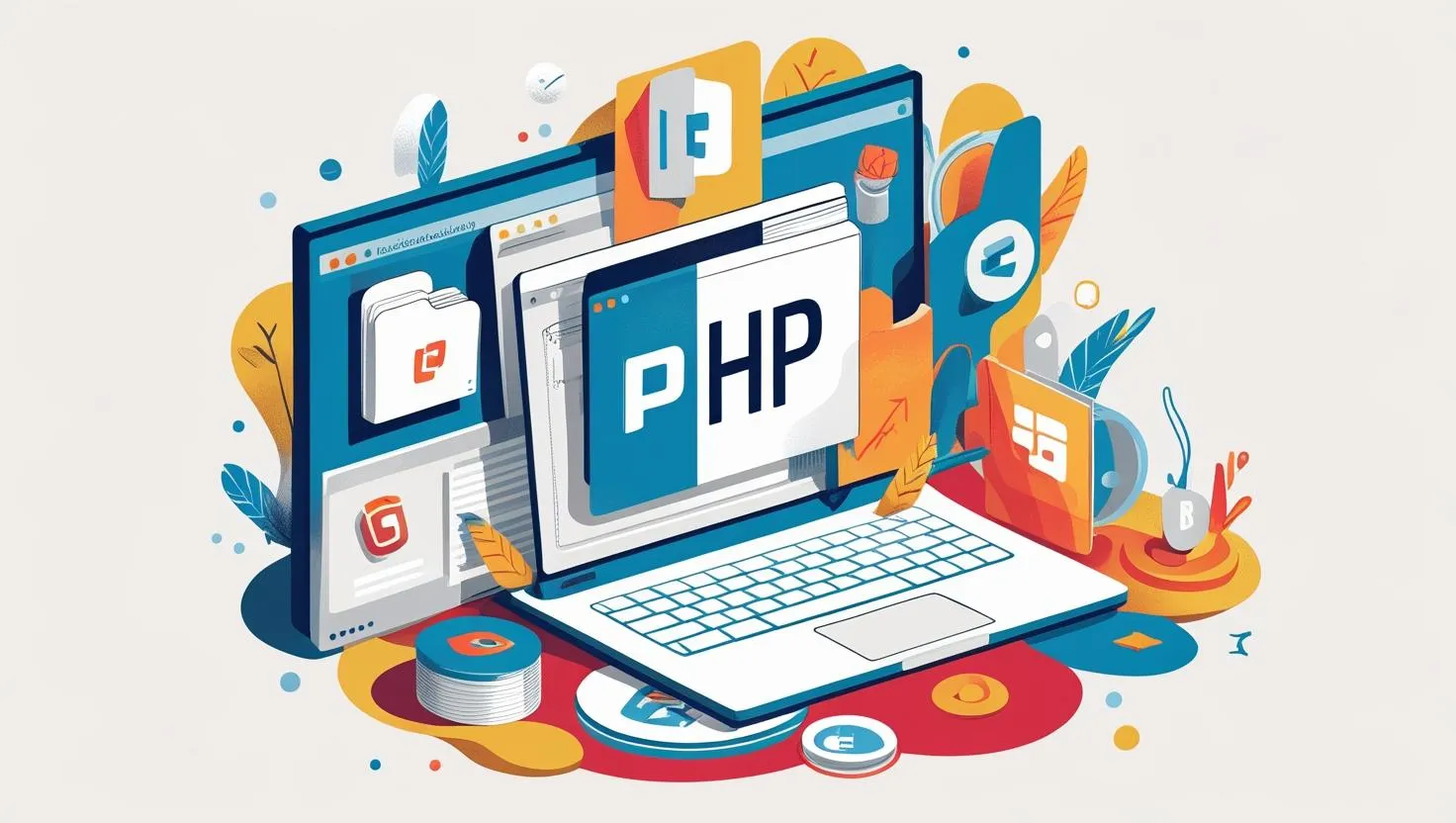Unlock Web Development: How to Install PHP on Windows Easily

Hello future web developers! I’m Somen, a professional PHP developer with years in the trenches—and trust me, I still love the moment when someone decides to dive into web development. If you’ve ever wondered how to unlock the power of dynamic websites, start creating your own custom web apps, or simply want to know how to install PHP on Windows, you’re exactly in the right place. In today’s journey, we’ll go step by step together—no jargon, no stress, and I’ll even throw in some real-life code examples so you’re never lost. Ready to turn your PC into a coding playground? Let’s get started!
What This is About
Before you can write a single line of PHP code, your computer needs to know how to “understand” PHP. Think of PHP as a new language your PC needs to learn before it can follow your instructions to build websites. This guide is all about showing you how to install PHP on Windows. By the end, you’ll have PHP running right on your computer, and you’ll be able to experiment and learn in your own space.
So, What Exactly is PHP?
PHP stands for "Hypertext Preprocessor," and it's the engine that powers millions of websites—including giants like Facebook and WordPress. In simple terms, PHP takes ordinary web pages and makes them dynamic. Instead of always serving static content, it processes your instructions and makes things interactive, like login forms or shopping carts.
Let’s compare static vs. dynamic real quick:
| Static Web Page | Dynamic Web Page |
|---|---|
| Always looks the same | Changes based on user actions or server data |
| Just HTML/CSS | Uses PHP (or similar languages) to generate content |
| No user interaction (other than clicks) | Can process forms, show different info, work with databases |
With PHP set up, you’ll transform web pages from boring brochures into living, breathing sites. Exciting, right?
Why PHP Devs Should Care
If you’re curious about web development or looking to beef up your developer skills, PHP is an incredible place to start. Here’s why:
- Beginner-Friendly: PHP has a gentle learning curve, making it perfect for first-time coders.
- In-Demand Everywhere: So many sites use PHP, meaning job skills in PHP can lead to lots of opportunities.
- Huge Community: If you ever get stuck, you’re not alone—PHP’s global family of developers is always ready to help.
- Open Source & Free: You can get started without spending a dime.
Installing PHP on your Windows machine is more than a technical step—it’s opening the door to creativity, innovation, and maybe even an exciting new career. But first things first: let’s get your toolkit ready!
How to Install PHP on Windows
Now to the main question: how to install PHP on Windows? Don’t worry, it’s easier than you think. We’ll break it down into simple steps. There are two main ways:
| Method | Good For | Quick Steps |
|---|---|---|
| Manual Installation | Power users, those who like full control | Download PHP → Extract Files → Set Path → Configure |
| Using a Local Server Package (like XAMPP/WAMP) | Beginners, hassle-free setup | Download XAMPP/WAMP → Run Installer → PHP ready! |
Let’s Go the Easy Way: XAMPP
To keep things friendly, I always recommend starting with XAMPP. It’s an all-in-one solution that bundles PHP, Apache (your web server), and more—no tech headaches. Here’s how you do it:
- Download XAMPP: Head over to Apache Friends and grab the Windows version of XAMPP.
- Run the Installer: Double-click, follow the prompts, and keep clicking “Next.”
- Start XAMPP Control Panel: Once installed, open XAMPP and click “Start” next to Apache. That launches your server!
- Test PHP: Open Notepad, and paste in this code:
Save it as test.php in the<?php echo "Hello, World!"; ?>C:\xampp\htdocs\folder. - View in Browser: Open your browser and type
http://localhost/test.php. You should see: Hello, World!
If you see that cheerful message, congrats! You’ve set up PHP and are officially a web developer in training.
Want a Bit More Control? (Manual Installation)
Some developers (like me!) enjoy knowing exactly what's going on under the hood. Here’s a quick overview if you want to install PHP by hand:
- Download the latest PHP zip from the official PHP site.
- Extract it to
C:\php(or any folder you like). - Add PHP to your PATH so Windows can find it.
- Configure your web server (like Apache) to use PHP—this step is a bit technical but very doable!
Manual control lets you tweak PHP settings to suit bigger projects later on.
Conclusion
Learning how to install PHP on Windows is your gateway into the world of dynamic websites and endless creativity. With just a few clicks (especially using XAMPP), you can go from “I wish I could build websites” to “Look what I just made!” Every expert started somewhere—and trust me, seeing your own PHP code come alive is a magical moment.
Curious to keep learning about web development? Check out our other blog articles on PHP, digital marketing, SEO, and more. Every new skill you learn opens another door! Welcome to the developer’s world—your journey starts now.
Written by Somen from MATSEOTOOLS
 Some Question
Some Question


